I noticed that if I set IF bandwidth low, the measures done with a vector analyzer are better (with higher SNR) but it is slower.
Precisely, what does it happen when I change it? Can you explain me simply what it represents?
I noticed that if I set IF bandwidth low, the measures done with a vector analyzer are better (with higher SNR) but it is slower.
Precisely, what does it happen when I change it? Can you explain me simply what it represents?
SNR is a power ratio of Ps/Pn, but as the voltage ratio it would be Vs²/Vn².
If we look a carrier sweeping thru a BPF, we take one half of -3dB BW to get the single sided Low Pass equivalent time response.

This may be simplified and another way of looking at it is;
The Spectrum Analyzer Local Osc, LO Sweep rate = span/sweep time= RBW²/k
The IF is the final mixer Intermediate freq. selected.
RBW = Resolution BW
k = constant that affects accuracy.
Many receivers, such as your vector analyzer, use a superheterodyne receiver (https://en.wikipedia.org/wiki/Superheterodyne_receiver) architecture. These are distinct from other receivers in that they use an Intermediate Frequency (IF), or multiple IFs, as opposed to either just directly using the RF coming in, or down converting the signal to baseband (i.e. from DC, or near DC, and up rather than bandpass around some carrier frequency).
Some of the key advantages of doing this are: filters can be made more selective at lower frequencies, it's easier to make tuneable oscillators than it is amplifiers and filters, and lower frequency components tend to be cheaper and perform better. These advantages also apply to direct conversion down to baseband, but there are other challenges there.
So in your VNA:
What it does is measure the response of your network over a bit of the spectrum at a time.
It sends out RF signals at some frequency and analyzes the reflections. A tuneable oscillator is fed into a mixer with the incoming reflections. This down-converts the reflections from their RF frequency to a fixed IF.
This allows filters and amplifiers designed to operate at a fixed IF to be used across the whole range. Making the bandwidth of this IF section smaller lets you look at a smaller piece of the spectrum at a time. This has two impacts:
Edit: I suppose also the rise time of the IF signal's envelope would be slower with a narrower bandwidth.